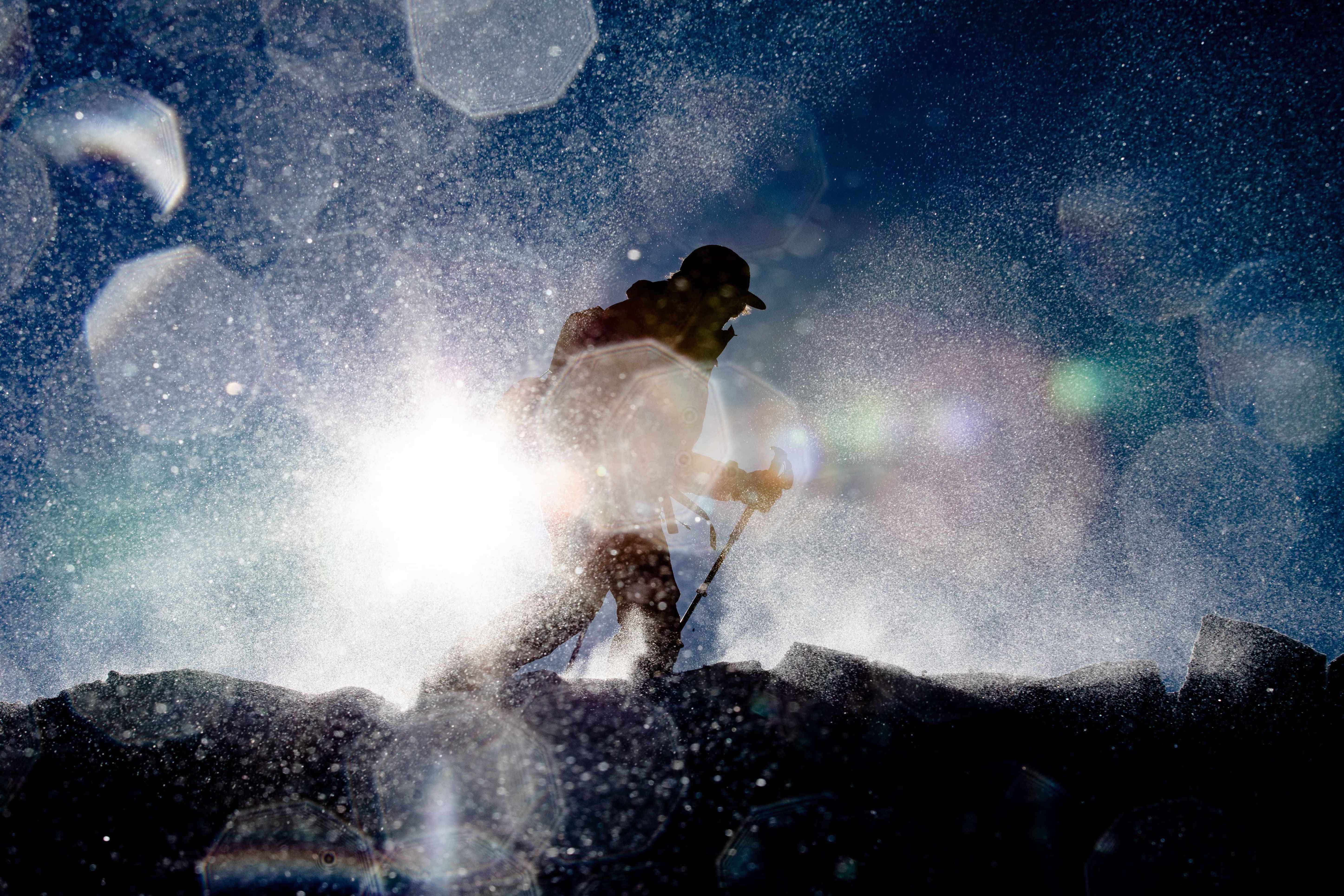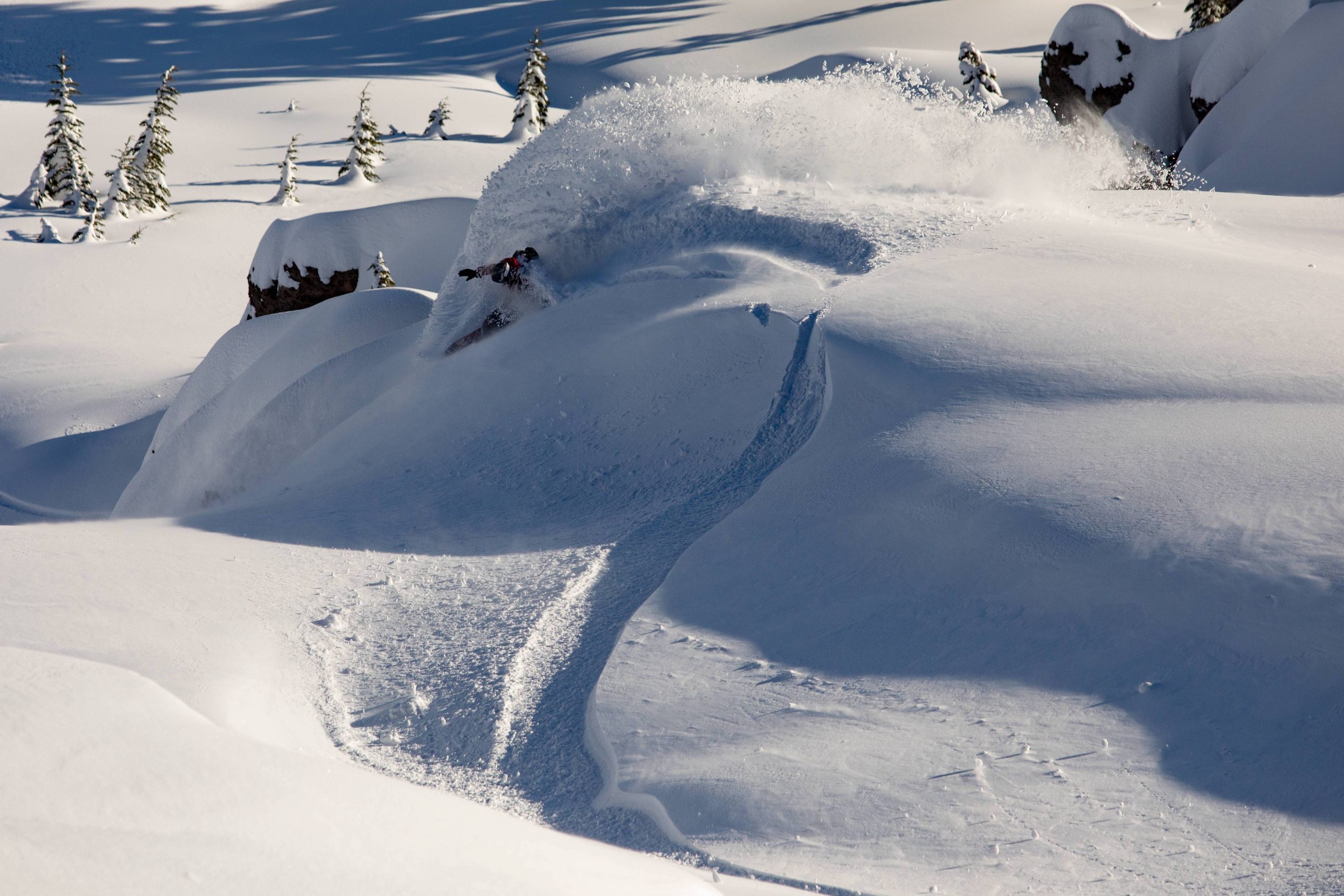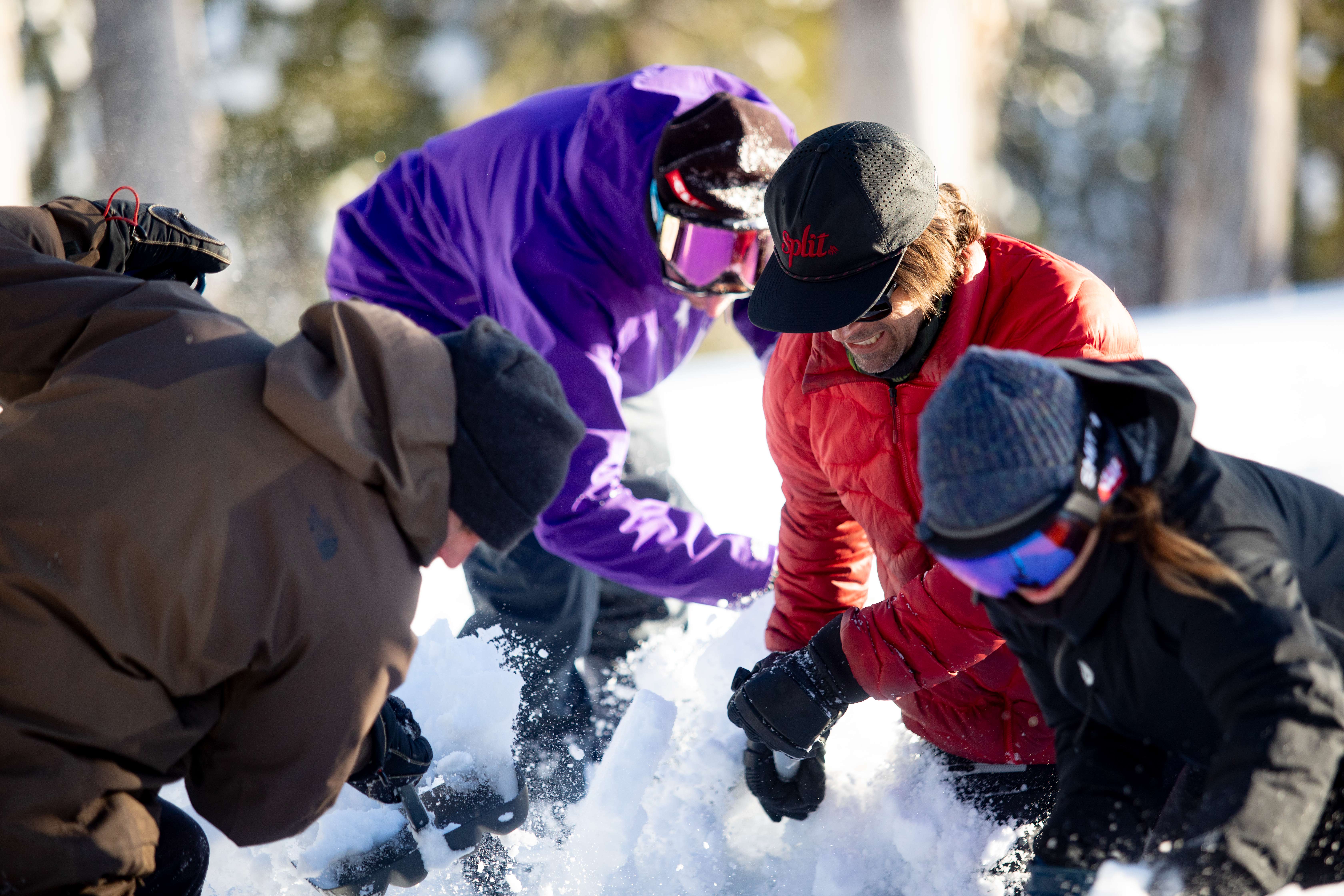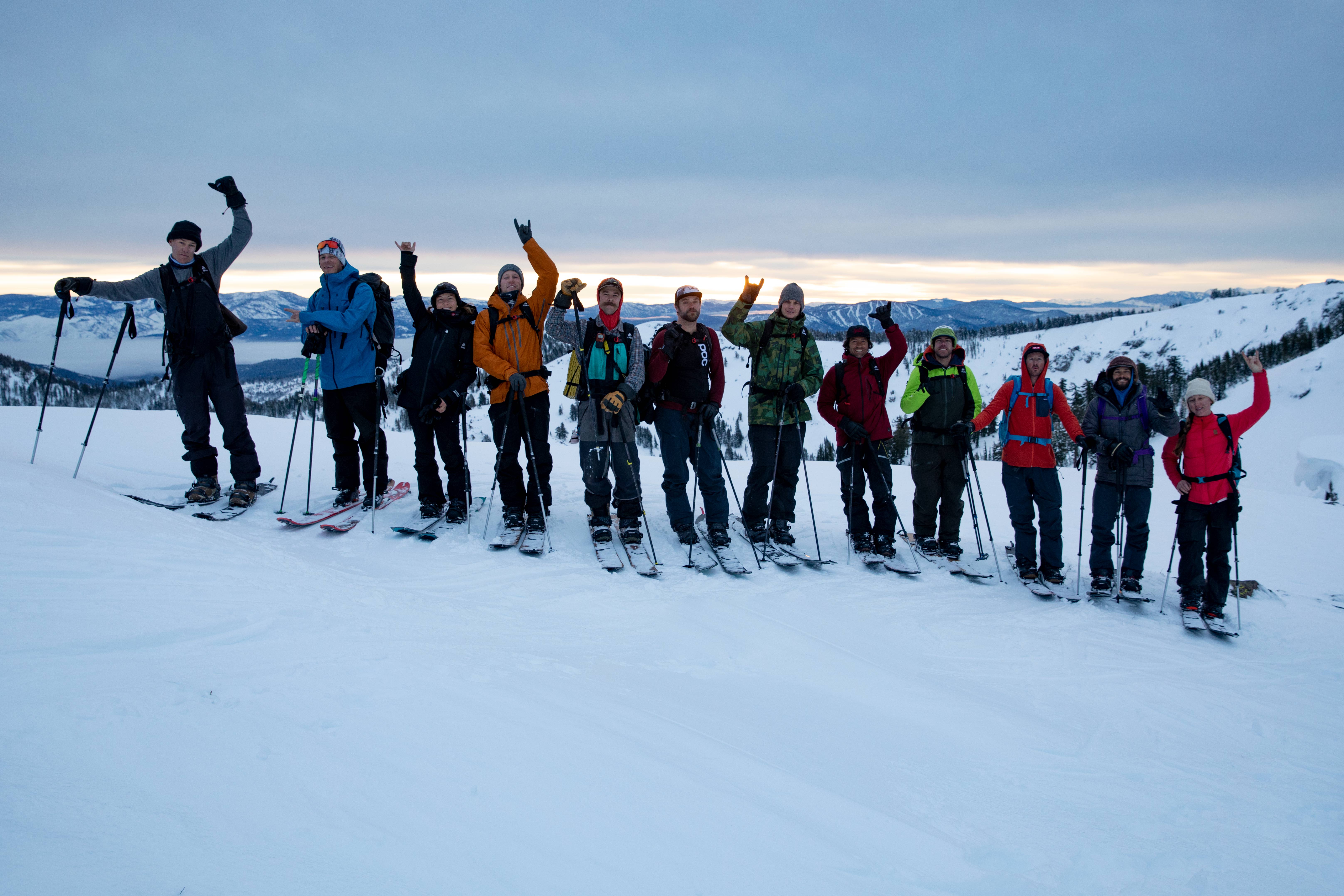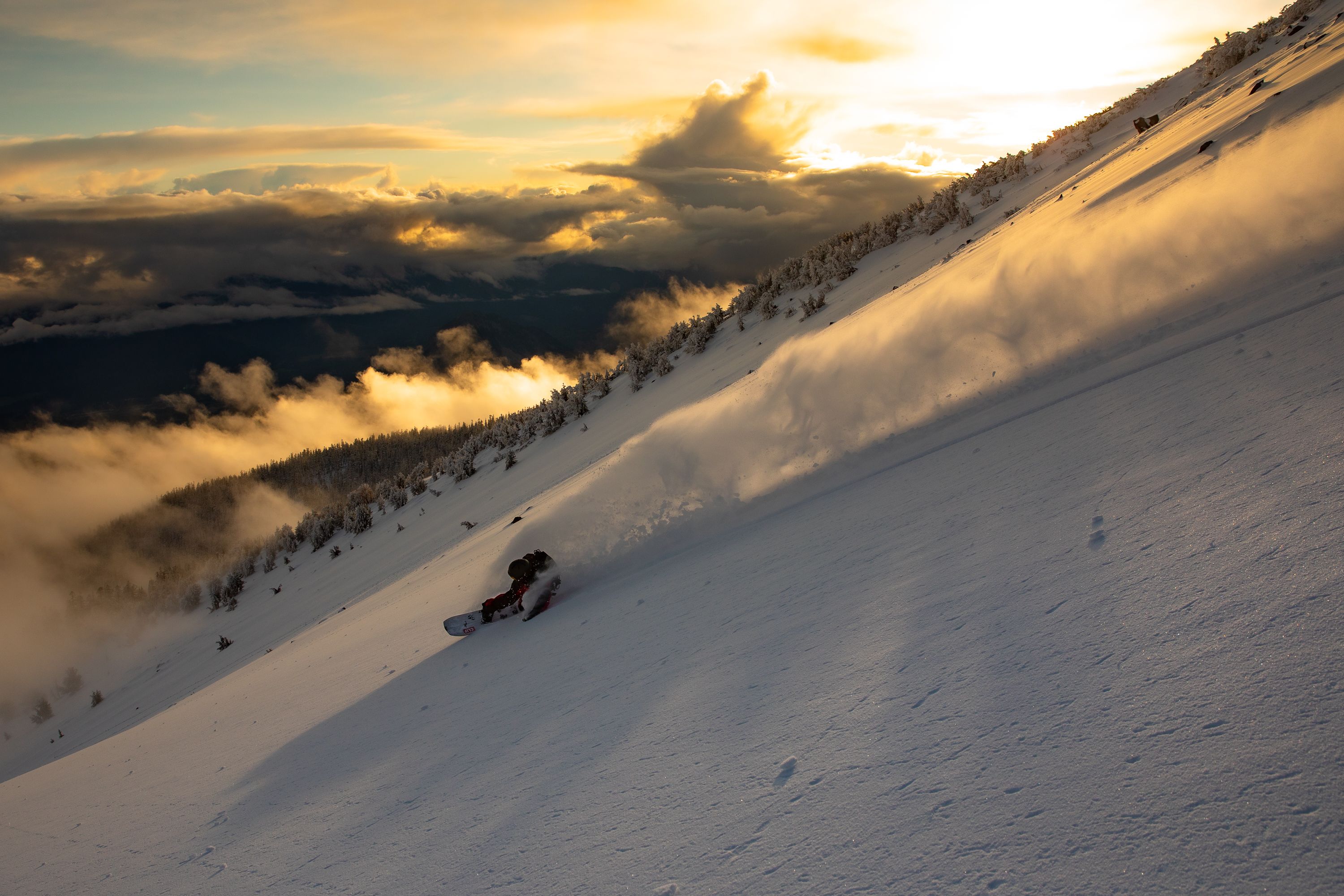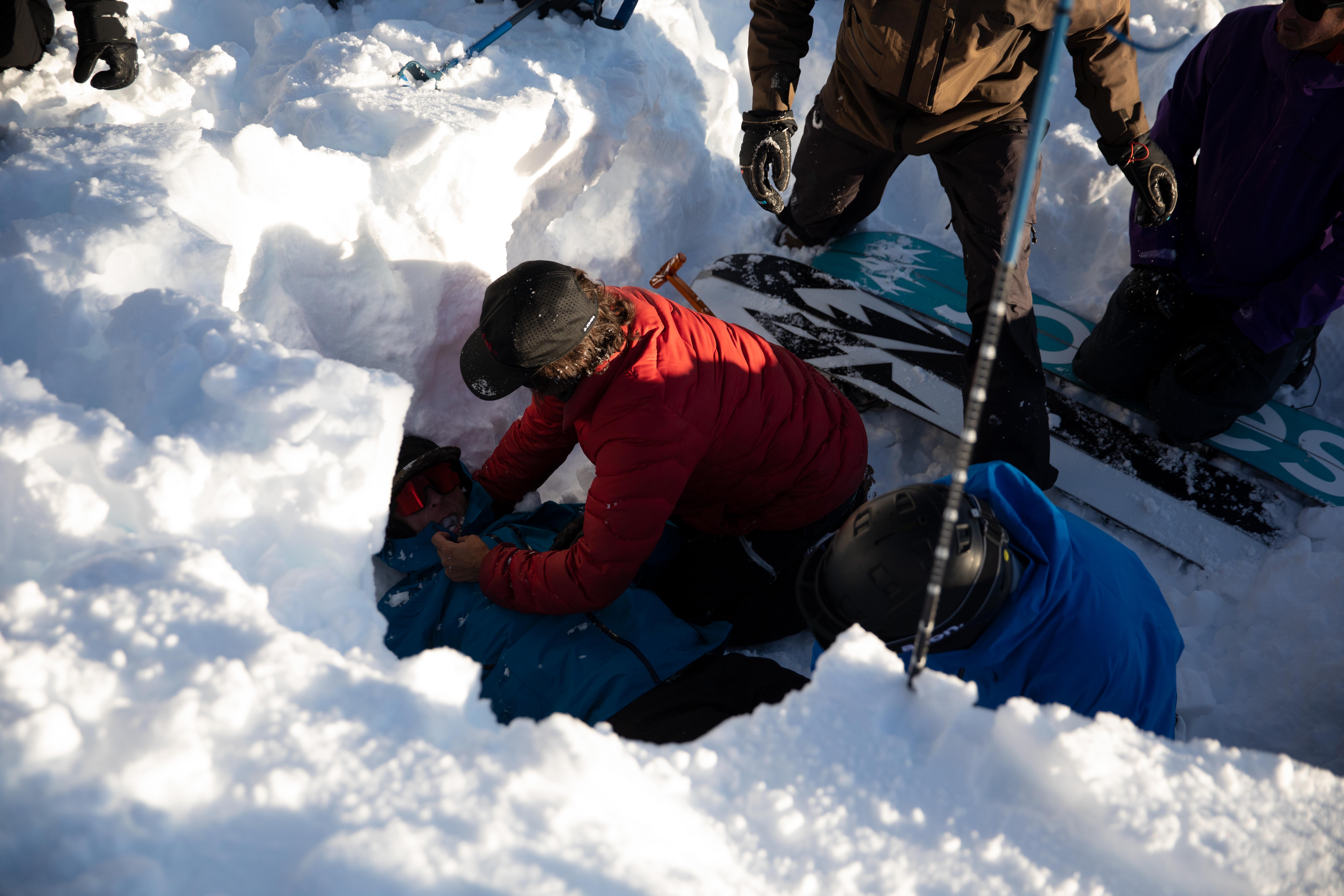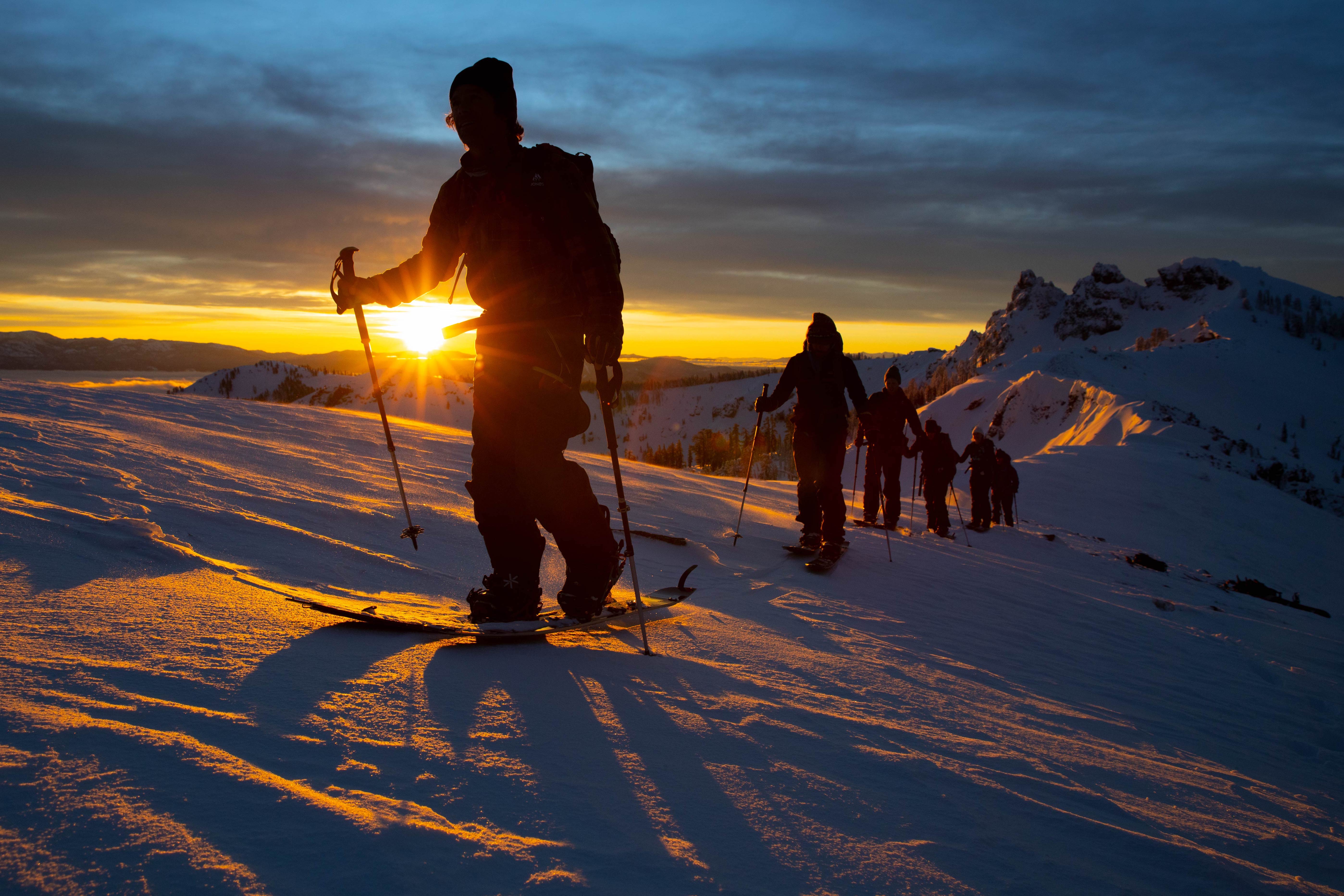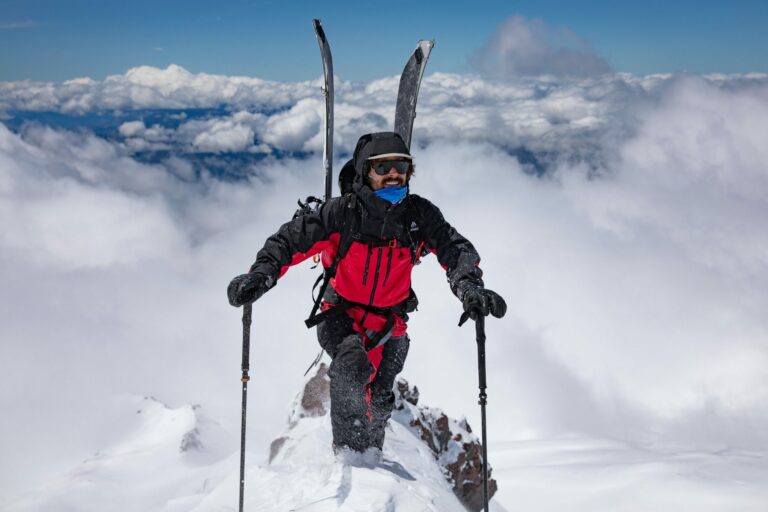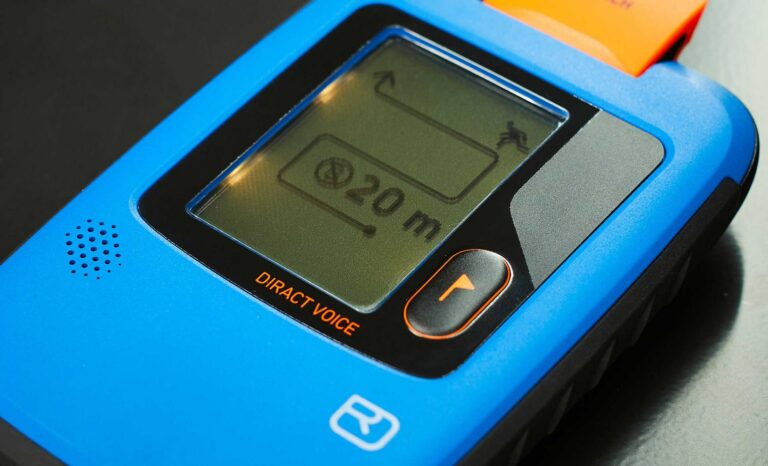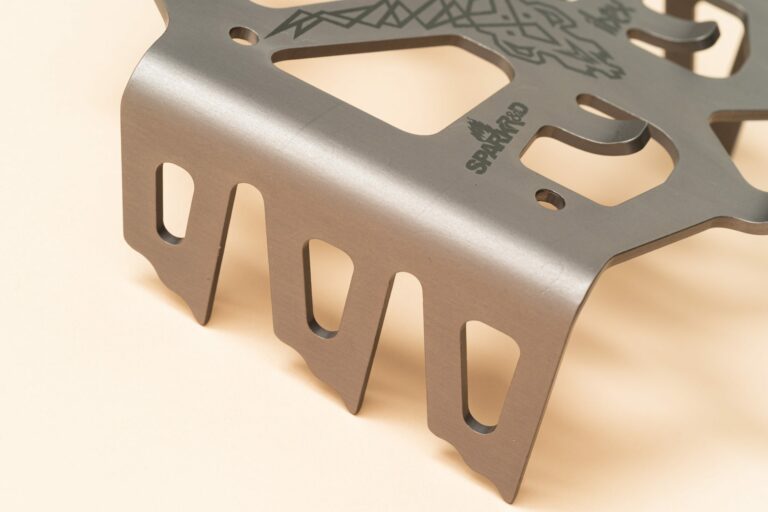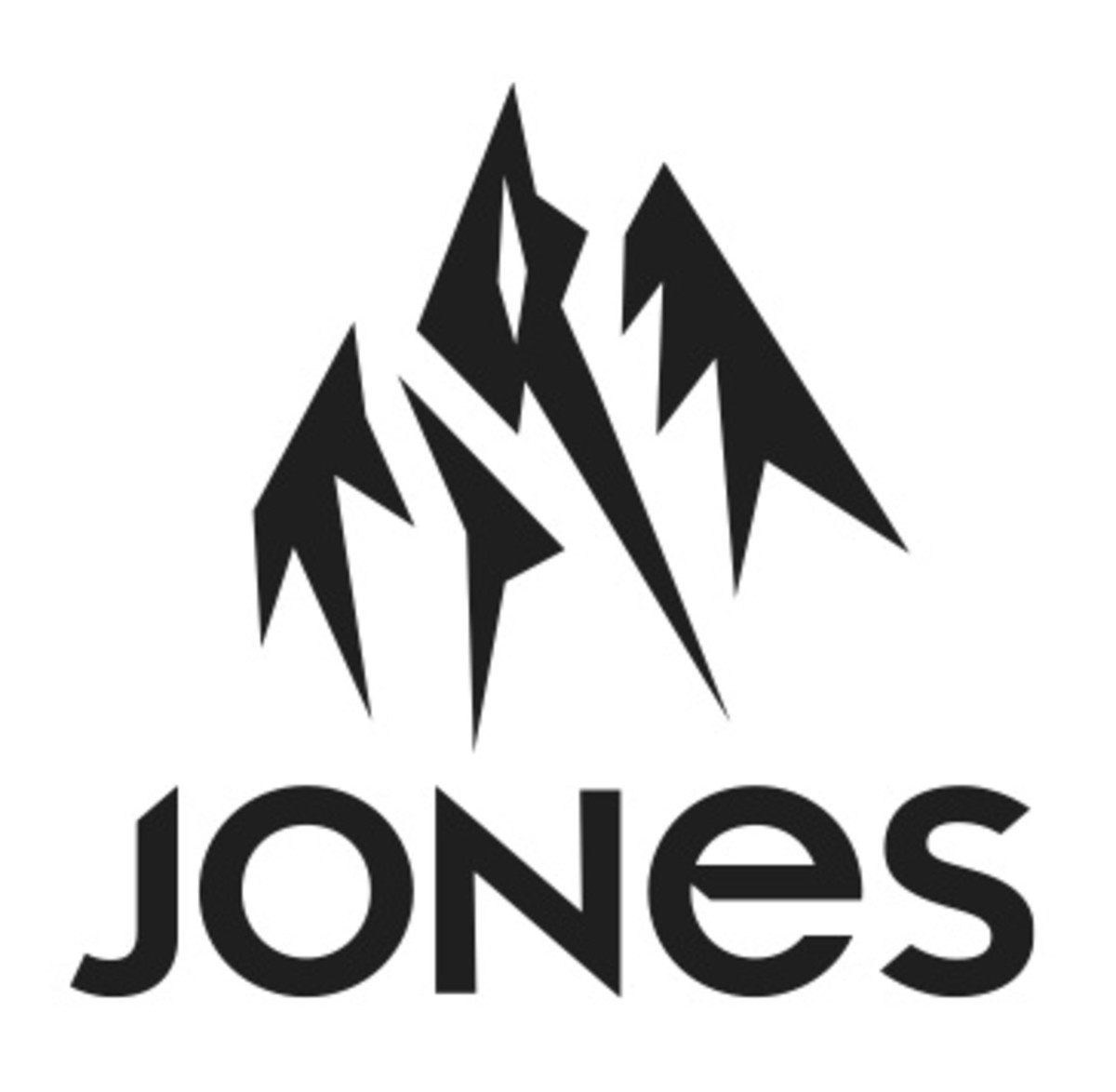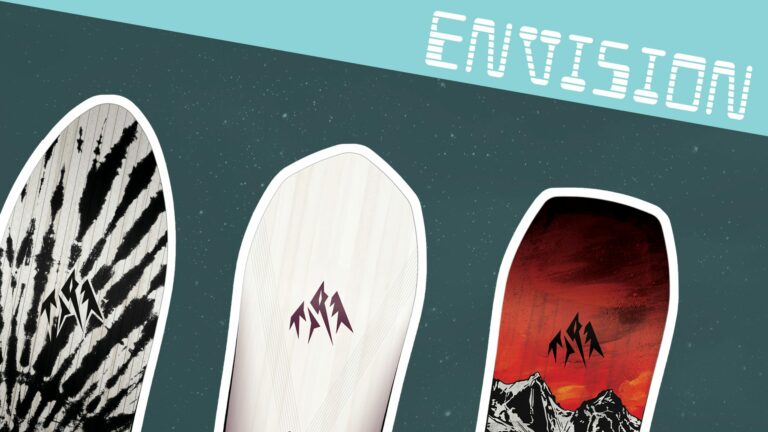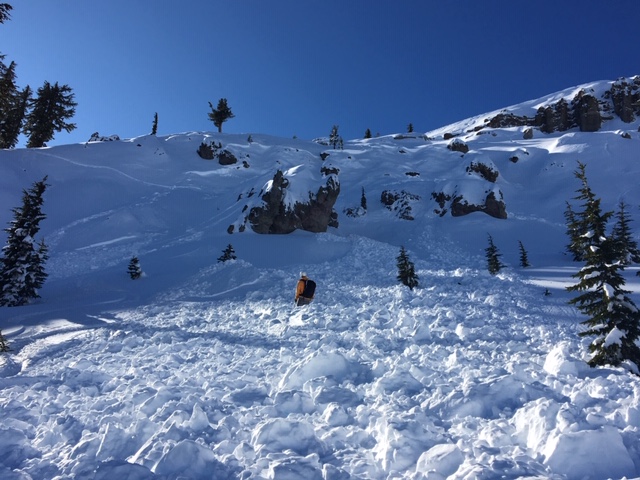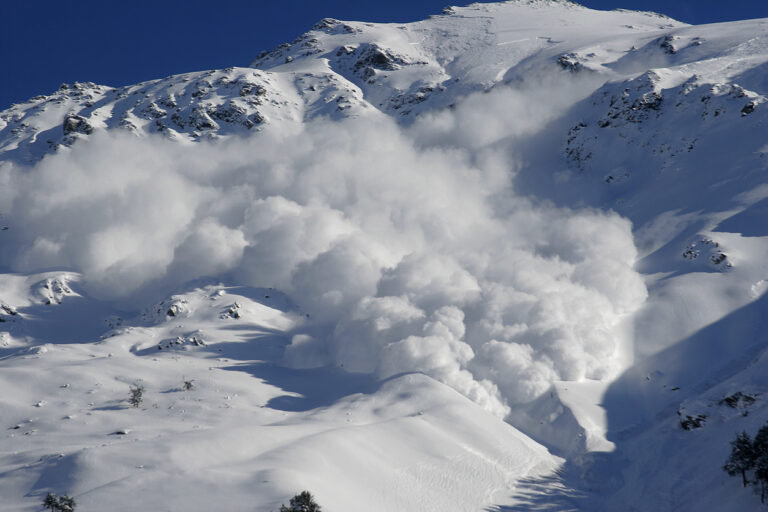Follwing on from part one of our interview with the world’s most famous freerider, we pick his brains on how to venture beyond the resort while staying safe.
What’s your routine for any given day when you’ll be riding the backcountry?
I’ll have an idea the night before of where I’m going. I’ll check the avy report, specifically looking for photos of avalanches that happened that day. That’s the number one thing that I look for in an avy report: photos.
I’ll ask: “Is there terrain that I’ve crossed off the list?” Meaning we know that there’s been a bunch of avalanche activity at, say, north east aspects between 8000 and 9000 feet. That’s off the table. If you can cross it off the night before, great; or maybe you wake up in the morning and the avy report’s changed, so I’ll ask that question again: Do I cross any terrain off the list?
“That’s the number one thing that I look for in an avy report: photos”
It seems like a simple thing, but I cannot tell you how often we’ve gotten up on the ridge and found ourselves looking down this beautiful sunny aspect that we’ve all determined we’re not touching, and someone will be like, “I dunno, man, it looks good…” and I’m like “Dude, no! This is off the table today!” That to me is super important.
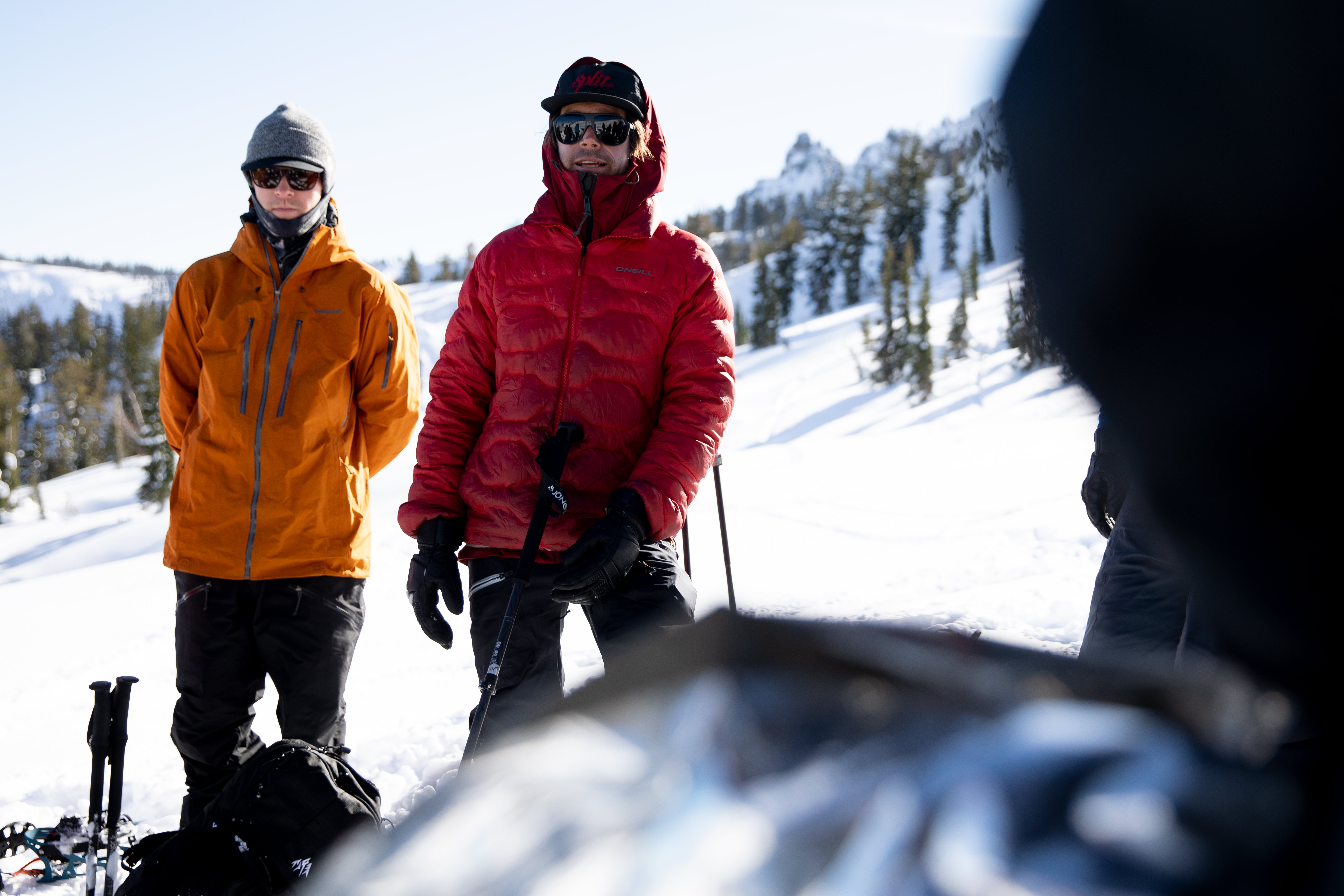
The morning we’re leaving, I’ll also ask: “Are there any red flags that day?” For instance, is it gonna be warmer than it’s been? Has the wind come up? Is there new snow? Then as we’re walking up into the mountains I’ll be checking for cracking and other signs of avalanches.
So there’s the tactical side, but then there’s the mental side – cos I can equate the mistakes I’ve made in the mountains to not being present. So I have my mental checklist. I make sure I’m in the right headspace by the time I get to the trailhead.
